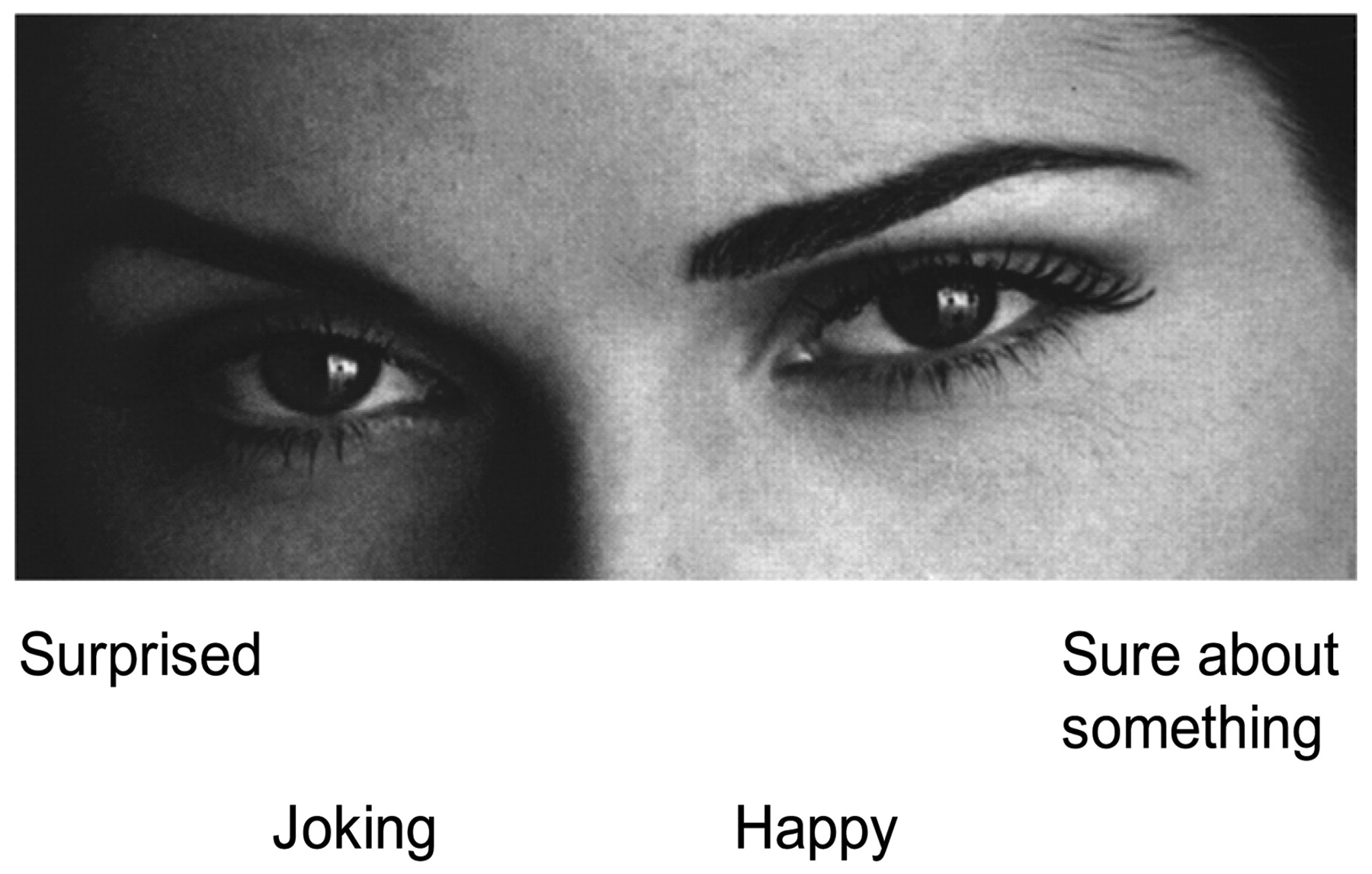The April 19th issue of New Scientist magazine had three articles about Shakespeare, in honour of his 450th birthday. They appear in ascending order of interest to this blog, and are all about how his work relates to science. (Many of the other articles in the magazine are interesting too, by the way: I am pleased to know about the ‘primordial soup paradox’, and what the ‘M’ in ‘M-theory’ stands for.)
*
The first, by Dan Falk, mainly focuses on the ways in which Hamlet may be tuned into the latest developments in astronomy.
*
The second, by Rowan Hooper, reads Shakespeare’s characters as case histories of some very modern ailments, with varying results. It seems frivolous to suggest that Macbeth has ingested some dodgy prions from the witches’ cauldron and his brain is breaking down as a result. Pondering the specifics of dementia in King Lear seems more promising. Seeing Hamlet as bipolar, and Coriolanus as autistic, risks anachronism, as Hooper acknowledges: ‘we bring our own cultural and scientific baggage to the Bard’. On the one hand, it is problematic to value Shakespeare for the extent to which he can be seen to anticipate today’s science. On the other, if you believe that today’s science provides better answers than those of the past (if not final and perfect ones), or if you believe that it matters whether, and how, literature of the past can resonate with modern concerns, then reading characters as case histories of this sort is far from inane.
*
The third article, by David Robson, explores Shakespeare’s ‘intuitive understanding of how our brains work’. He describes research by Philip Davis and Guillaume Thierry, which looks at how Shakespeare’s language affects the brain. Using fMRI and EEG scans, they found that ‘’ caused activity in the parts of the brain associated with emotion and autobiographical memory (amongst other things). Shakespeare innovates with words, it seems, in such a way that grammar and feeling interconnect.
A new twist for me arose in a comment by Thierry that the Shakespearean phrases cause activity in the basal ganglia, ‘an area sparked when bilinguals switch between languages’. This struck a chord with me, as I recently re-read something wrote in . Prynne recounts how his schoolboy exercises in translation opened up a space between languages, which he relished, and which underlay his later adventures in poetic language. This seems congruent with, if not identical to, what Thierry (and Davis) are working on.
Robson’s article also turns to Robin Dunbar, an Evolutionary Psychologist from Oxford. Dunbar is collaborating with Laurie Maguire (Shakespeare) and Felix Budelmann (Greek Tragedy) on a project linking drama with social psychology. Some findings – see here – were published in the Times Literary Supplement last year. In the New Scientist piece he focuses on Shakespeare’s acuteness as an observer of the human capacity to interact with other minds. For example, gossip scenes tend to involve only a few speakers discussing someone; this conforms to social psychologists’ ideas about how, in small groups, we can keep track of others well enough for conversation to turn pointedly towards, or against, an absent person. In larger groups we tend to be more wary, and thus discreet. ‘Theory of mind’ is a distinctive human capacity but it has its limits; , who has written so well about theory of mind and the novel, has also taken into account this limit (we can only track what X says Y thinks Z wants… to so many levels).
Robson ends up wondering whether projects like these make up ‘a brave new world of Shakespeare studies’. The overstatement conveyed by the overused quotation makes this sound a bit tongue-in-cheek, but I’ll take it at face value, and say… maybe so.
